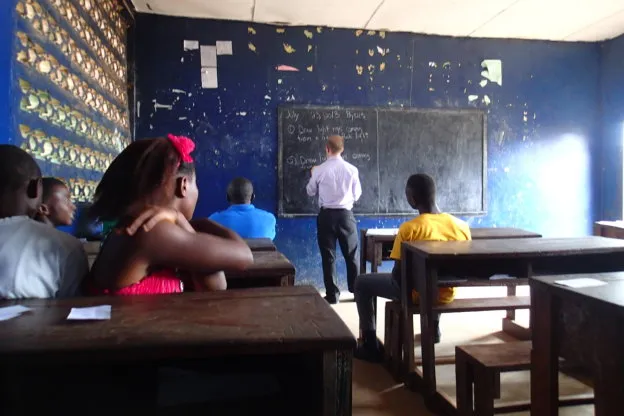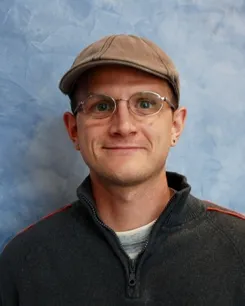About
Nice to meet you!
I’m currently a Senior Data Solutions Engineer at Atorus Research, where I get to build data visualization apps that help teams make sense of data from clinical trials.
My professional interests revolve around the software architectures, paradigms, and design patterns that support managing complexity and ensuring correctness in large-scale research data systems.
Outside of work, I have a broad range of interests. I’m am usually working on one side project or another—whether it’s homebrew amateur radio, 3D printing, or little IoT projects with microcontrollers. I also play violin, enjoy fusion social dancing, and like to go camping.
My Journey
I have loved to build and tinker ever since I was a kid. I’ve been programming ever since my Dad showed me the basics of QBASIC on an old 386 DOS box.
As an undergrad, I majored in Electrical Engineering and minored in Computer Science, and spent my summers at NASA Ames working on computer vision research with the Intelligent Robotics Group.
From there I joined the Peace Corps and taught middle school math in a small community in Liberia, West Africa.

Teaching math in Liberia while in the Peace Corps (2013)
The 2013 West African Ebola epidemic cut my Peace Corps service a year short. But I stayed in Liberia to help with the Ebola relief effort, assisting with the logistics of tracking and distributing sanitation kits and educating communities about the outbreak.
My experiences in Liberia inspired me to get a Ph.D in Human Development and Family Studies at Penn State. My research focused on integrating technology into educational interventions to measure individuals’ learning processes over time. I also explored how to apply novel statistical methods—often drawing on ideas from my background in engineering—to use those data to adapt interventions to better support each learner’s unique needs.
The longer I stayed in academia, however, the more I became convinced of the need for better research data infrastructure. As technology advances, researchers can collect increasing volumes and varieties of data. And as statistical methods and AI evolve, we have powerful tools to generate meaningful insights from those data. But too often, we lack the infrastructure to manage and share those data effectively.
That’s what brought me to where I am today! Although I’m currently working on clinical research data systems, they share many of the same challenges and opportunities as those in education and the social sciences. My interests extend well beyond any one field, and my current work allows me to contribute to the open source software ecosystems being used across many research domains.
